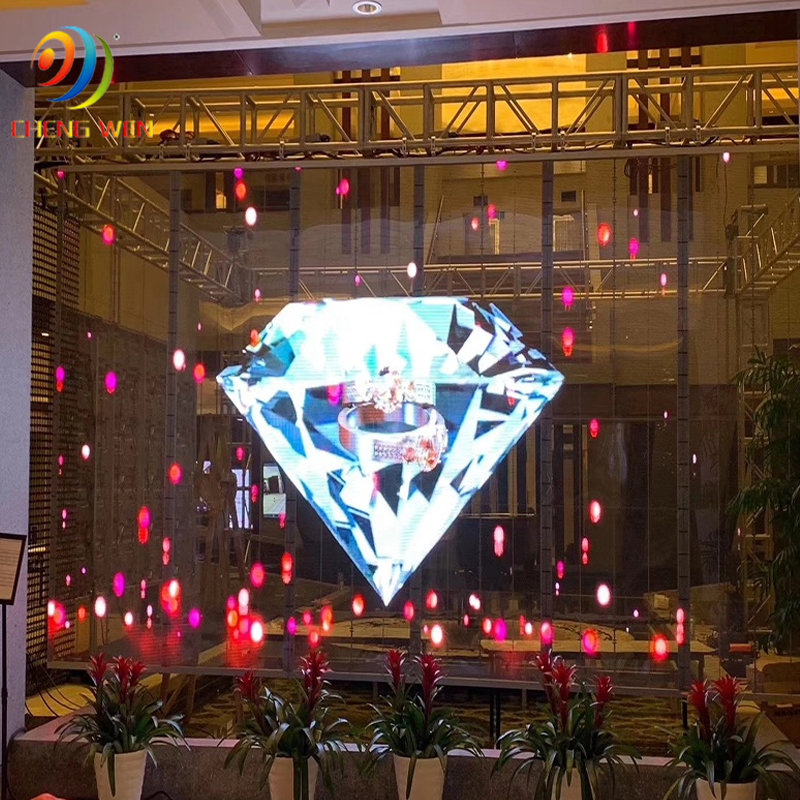This series features transparent LED screens, which are suitable for various indoor places and various stores, especially in storefronts with floor-to-ceiling glass windows. Installing the transparent screen against the glass wall has a very good effect. When the display is turned off, the audience can watch the indoor environment from the outdoors, and when the display is turned on, they can directly watch the content played on the display.It not only preserves the visibility in the store, but also can effectively display advertising videos to the other party, which is very practical.

Transparent Led Screen,Led Wall Display,Building Led Display Panel,Sport Led Screena
Guangzhou Cheng Wen Photoelectric Technology Co., Ltd. , https://www.cwdisplay.com